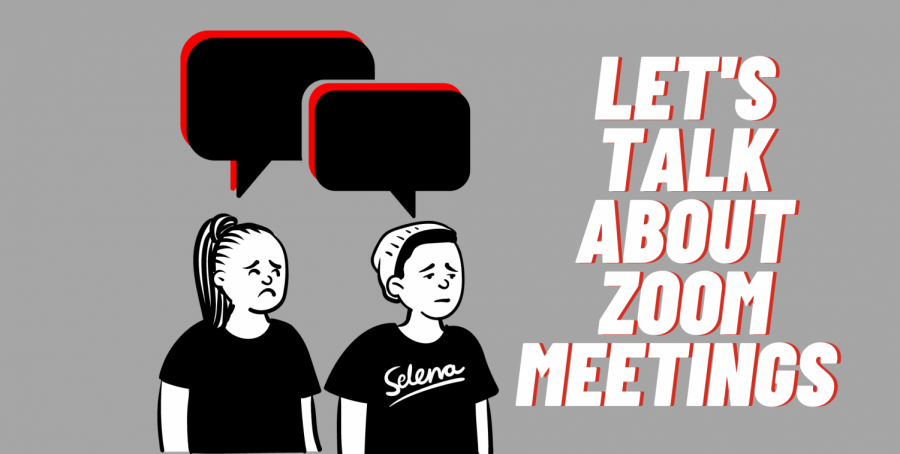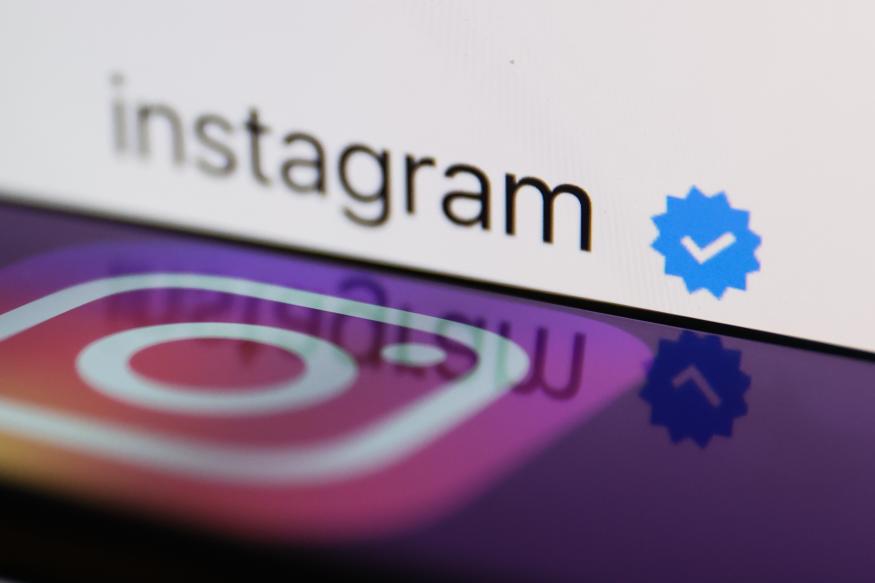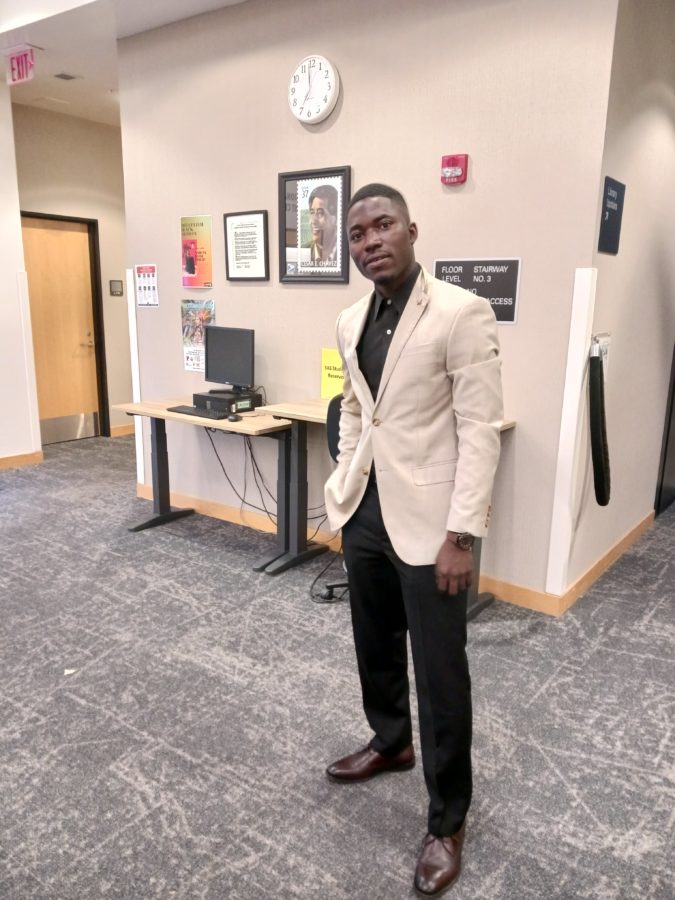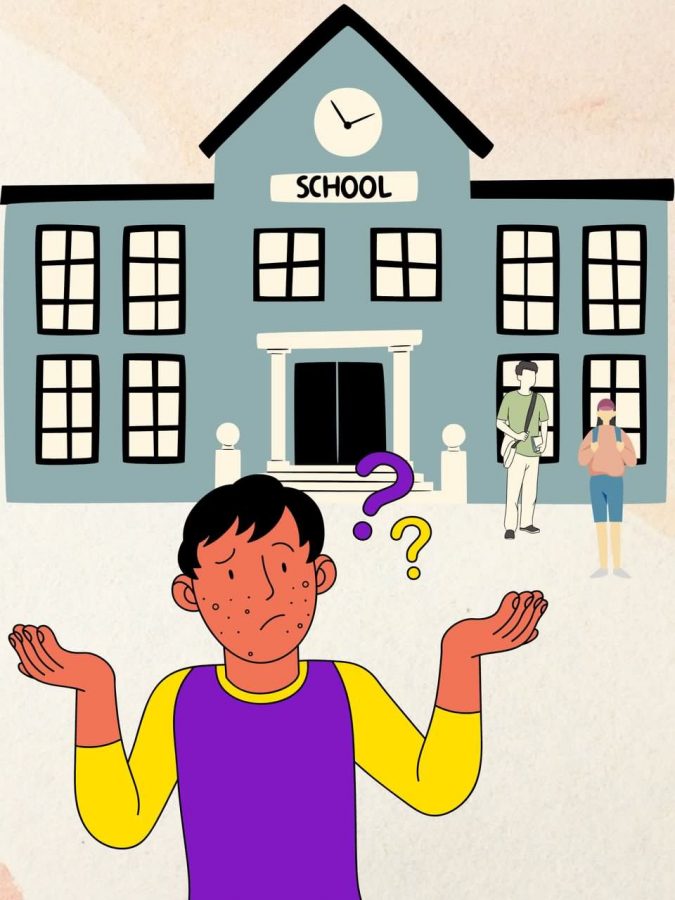Students have a hard time attending classes remotely during this crazy time.
Having to switch from a hands-on to virtual environment raises big concerns upon students because it can feel very anxiety-inducing.
When mixing a student’s home space with school, it can be stressful to differentiate the two atmospheres and not feel so bombarded.
Forbes, an American business magazine owned by Integrated Whale Media Investments and the Forbes family, reported that Zoom can be socially isolating because of the lack of in-person relationships.
Changing a student’s experience with school can definitely have an impact on how they build bonds with their peers. Not only can students feel alone, but they can also feel too scared to ask classmates questions or even spark up a casual conversation.
Forbes reported that, “The friendships that are built in the in-person classroom, at lunch, and on the playground are the building blocks for a critical part of childhood development. Teacher affection and relationships are what many children come to school for every day.”
With this, it can be complex for people to return to on-campus classes when COVID-19 cases decrease.
It is expected for students to stare at the screen for the entire class time and not be distracted, but what is not put into consideration is how being in such a comfortable environment (home) and trying to also turn it into a learning environment can be challenging to do.
Some teachers require students to have their cameras on during class, but not everyone is fond of this.
The Conversation, a network of not-for-profit media outlets that publish news stories from academics and researchers, reported in Aug. 2020 that prolonged screen time can feel uncomfortable or even threatening.
When being asked a question in class, the situation is completely different because not everyone is seated in a way that is facing each other. The thought of being watched by everyone in a virtual classroom can make students lose concentration and not want to turn their cameras on.
The term “Zoom fatigue” got popular when people started expressing how being on the tool makes them feel overly exhausted.
The missing presence of physical reactions from other people can play a role in how students are feeling during online learning. When there are no body movements or facial expressions being exchanged, it can make people feel unmotivated.
National Educational Association, an organization that promotes justice and excellence in public education, reported that, “Our brains are used to picking up body language and other cues, not to mention increases of dopamine, that are experienced during face-to-face communication. On a video call, something is off and our subconscious brain is reacting to that.”
To reduce all of these complications, what can teachers and students do to make Zoom meetings more comfortable?
When a student is presenting or answering a question, their peers can give good feedback or signs of body language to demonstrate that they are listening and being attentive.
Students can also be more interactive with each other during these meetings or even outside of them, it is suggested that forming study groups can be helpful to one another. These connections that are formed can be relaxing to students and can even relieve their anxiety for when classes do return to on-campus.
As for teachers, it is understood why they want their students to have their cameras on, but it can be great to allow some days that require no usage of them. Some days can be rough and it is hoped that everyone can understand why someone does not want to show their face.







